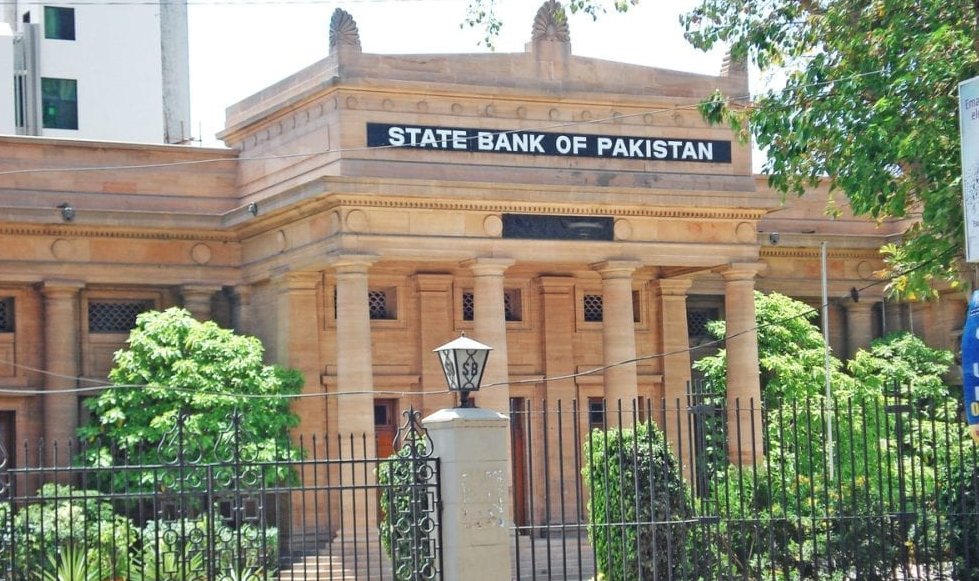In the heart of Costa Rica’s financial system stands the Costa Rica National Bank, commonly known as the Central Bank of Costa Rica. As the country’s monetary authority, the Central Bank plays a pivotal role in maintaining price stability, fostering economic growth, and safeguarding the financial system. This article aims to provide a detailed overview of the Costa Rica National Bank, shedding light on its history, functions, governance structure, and the impact it has on the nation’s economy.
The Role of the Central Bank
The Costa Rica National Bank serves as the principal authority responsible for formulating and implementing monetary policy in the country. It operates autonomously under the guidance of the General Council, which ensures that decisions align with the bank’s objectives and are in the best interest of the nation.
History of the Costa Rica National Bank
The Costa Rica National Bank traces its roots back to its establishment in 1950. It was created as a result of the Central Bank Law, which aimed to consolidate the country’s financial system and provide a robust framework for monetary management. Over the years, the bank has evolved and adapted to changing economic landscapes, becoming a pillar of stability and progress in Costa Rica.
Functions and Responsibilities of Costa Rica National Bank
Monetary Policy
The Central Bank plays a crucial role in managing the country’s monetary policy. It formulates strategies to control inflation, stabilize prices, and promote sustainable economic growth. By adjusting key interest rates and managing the money supply, the bank influences borrowing costs and liquidity in the financial system.
Currency Issuance
Another important function of the Costa Rica National Bank is the issuance and circulation of the national currency, the Costa Rican colón. It ensures an adequate supply of currency, monitors its distribution, and maintains the integrity of banknotes and coins in circulation.
Financial Stability
The Central Bank is tasked with maintaining the stability of the financial system. It supervises and regulates banks, credit institutions, and other financial entities to mitigate risks and ensure the smooth functioning of the banking sector. Additionally, the bank monitors systemic vulnerabilities and implements measures to safeguard the overall stability of the financial system.
Costa Rica National Bank: Governance Structure
The governance structure of the Costa Rica National Bank is designed to ensure transparency, accountability, and effective decision-making. The bank is led by the General Council, which consists of prominent individuals from various sectors, including the government, academia, and the private sector. This diverse composition ensures a balanced representation of stakeholders and facilitates informed policy-making.
Initiatives and Programs
The Central Bank of Costa Rica initiates and supports programs that aim to promote financial inclusion, enhance economic education, and foster innovation in the financial sector. These initiatives strive to empower individuals and businesses, encourage responsible financial practices, and create an environment conducive to sustainable economic development.
Relationship with the Government
The Costa Rica National Bank maintains a close relationship with the government while maintaining its autonomy. It collaborates with the Ministry of Finance and other government agencies to align monetary policies with broader economic goals. This partnership ensures coordination and cooperation between monetary and fiscal authorities for the benefit of the country’s economy.
Supervision and Regulation
To safeguard the stability of the financial system, the Central Bank exercises regulatory oversight over banks and financial institutions. It establishes prudential regulations, conducts inspections, and enforces compliance to mitigate risks and maintain the integrity of the banking sector. Through effective supervision, the bank aims to protect depositors, promote sound banking practices, and prevent financial crises.
International Cooperation
The Costa Rica National Bank actively participates in international forums and collaborates with other central banks and financial institutions. This engagement fosters knowledge sharing, promotes best practices, and strengthens global financial stability. By actively contributing to the international community, the bank enhances its capacity to address challenges and seize opportunities in an interconnected world.
Economic Impact of Costa Rica National Bank
The decisions and actions of the Costa Rica National Bank have a significant impact on the country’s economy. Through its monetary policies, the bank influences interest rates, investment decisions, and the overall economic climate. Stable prices, access to credit, and a resilient financial system are crucial factors that contribute to sustainable economic growth and prosperity.
FAQs
- What is the Costa Rica National Bank?
The Costa Rica National Bank, also known as the Central Bank of Costa Rica, is the country’s monetary authority.
- What is the role of the Central Bank?
The Central Bank formulates and implements monetary policies, issues currency, and ensures financial stability.
- How does the Central Bank maintain financial stability?
The bank supervises and regulates banks and financial institutions, establishes prudential regulations, and enforces compliance.
- What is the relationship between the Central Bank and the government?
The Central Bank collaborates with the government while maintaining its autonomy to align monetary policies with broader economic goals.
- How does the Central Bank impact the economy?
Through its monetary policies, the bank influences interest rates, investment decisions, and overall economic conditions, which affect economic growth and prosperity.
Conclusion
The Costa Rica National Bank, as the Central Bank of Costa Rica, plays a critical role in maintaining monetary stability, fostering economic growth, and safeguarding the financial system. Through its various functions and responsibilities, the bank ensures price stability, manages the currency, and promotes a sound and resilient banking sector. The Central Bank’s initiatives, cooperation with the government and international partners, and commitment to financial inclusion contribute to the overall well-being and prosperity of Costa Rica.
References:
- Central Bank of Costa Rica official website: https://www.bccr.fi.cr/
- “Central Bank Law of Costa Rica.” Banco Central de Costa Rica, 2021, https://www.bccr.fi.cr/ley-banco-central
- “Annual Report.” Banco Central de Costa Rica, 2022, https://www.bccr.fi.cr/publicaciones/reporte-anual
- “Financial Stability Report.” Banco Central de Costa Rica, 2023, https://www.bccr.fi.cr/publicaciones/informe-estabilidad-financiera


